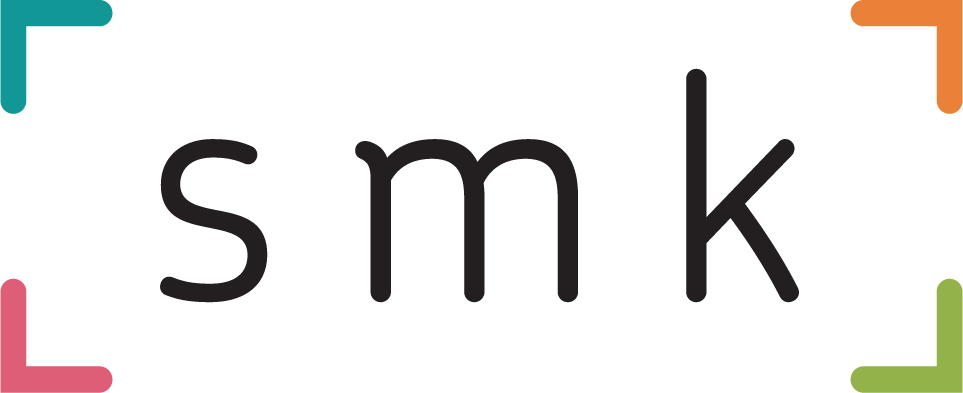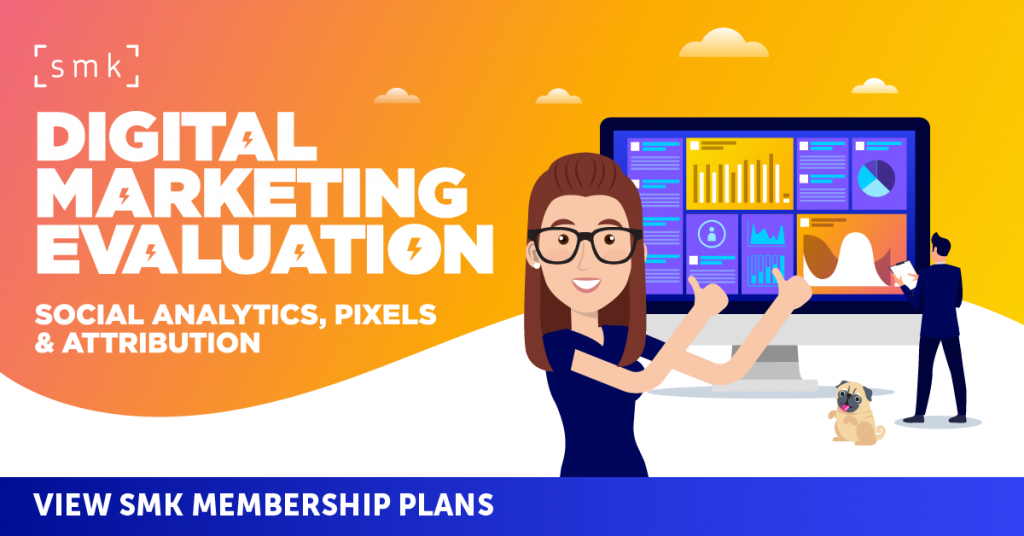Video Launches For Responsive Display Ads
Google has announced an update of its Responsive Display Ads (RDAs), expanding the feature to incorporate video.
Google first introduced responsive style ads on the Google Display Network (GDN) around 2015/2016. Initially rolled out in dribs and drabs, the feature was adopted as the default option for display campaigns in 2018.
Responsive display ads typically perform much better than standard banner ads, while also saving a considerable amount of time and budget for the advertiser when it comes to producing multiple iterations of creative assets.
The new video expansion is an exciting development since it will also allow advertisers to experiment with different video edits, durations and narratives.
Despite the protestations of creative gurus around the world, no one knows which creative will actually work until it goes live.
A point made very eloquently by Bond Villain Alexander Nix, of Cambridge Analytica, in an illuminating Techcrunch interview in 2017, before becoming persona non-grata.
In fact, Nix claimed that almost every successful ad campaign ever made was a fluke… sweet baby Jesus and the orphans! Don't get him started on the Cadbury's Gorilla ad.
Creating Responsive Display Ads For Google
To create a responsive display ad, upload your assets (images, headlines, logos, descriptions and now videos), and Google will automatically generate ads for the Google Display Network.
With the recent expansion to include video assets, advertisers can now select up to 5 videos from their YouTube channel to display in a responsive display ad. Video would run alongside the existing ad variations:
- Images = Up to fifteen variations
- Logos = Up to five variations
- Short headline = Up to five variations
- Long headline = One variation currently
- Description = Up to five variations
Google will optimise ad creative to display video when its machine learning determines that videos could drive better performance for you.
Now, bust a move.
Why Are Responsive Display Ads Da Bomb?
When you create a responsive display ad, Google uses a machine learning model to determine the optimal combination of assets for each ad slot, based on predictions built from your performance history.
Responsive display ads often perform better than regular banner ads resultantly.
Not only does Google optimise ads for performance, but since the ads are responsive, they can be automatically modified to fit a much broader range of ad placements, providing a wider reach for campaigns.
For example, a responsive display ad might show as a native banner ad on one site and a dynamic text ad on another.
To help you on your way, when creating your ad, Google’s ad strength scorecard shows you how you’re doing. For example, is your ad strong or weak or do you have enough copy?
Google’s new combinations report will also help you understand which different creative asset combinations perform.
This new report shows you the top performing asset combinations that are being generated in your responsive display ads. You’ll see separate sections for combinations based on your images, text, dynamic feeds, and videos.
All in all, the SMK team gives it a double thumbs up.
Good ad creative is good.
However, good ad creative and lashings of super smart, performance-led and user-led machine learning is da bomb.



RECOMMENDED FOR YOU
Meta Bets Big on Meta AI
Meta has recently amplified its role in the generative…
Meta has recently amplified its role in the generative…
LinkedIn Trials Premium Company Page Business Subscription
LinkedIn is looking to follow Meta’s lead as it…
LinkedIn is looking to follow Meta’s lead as it…
Google Introduces New Generative AI Video Tools
Google has recently enhanced its creative tools by integrating…
Google has recently enhanced its creative tools by integrating…